10 Animals With the Most Unique Eyes in the Animal Kingdom
The eyes, it is often said, are the windows to the soul. This sentiment holds especially true in the animal kingdom, where the diversity and complexity of eyes reflect an astonishing array of evolutionary adaptations. From the expansive savannahs of Africa to the dense jungles of South America, the animal kingdom is a tapestry of life, woven together by the intricate threads of survival and adaptation. In this exploration, we delve into the enchanting eyes of some of the most unique creatures on Earth, each offering a glimpse into the wonders of the wild. These eyes not only serve as vital tools for survival but also as windows into the fascinating lives of these creatures, revealing secrets of their habitats and behaviors. As we embark on this journey, we will traverse various terrains and ecosystems, meeting creatures with eyes that have evolved in extraordinary ways. From the compound eyes of insects to the binocular vision of predators, each eye tells a story of adaptation and evolution. The ability to perceive the world in different spectrums, detect movement, and even communicate through visual signals highlights the crucial role eyes play in the animal kingdom. This exploration will not only enhance our appreciation for these remarkable biological structures but also deepen our understanding of the interconnectedness of life on Earth.
1. The Dragonfly: A Mosaic of Vision
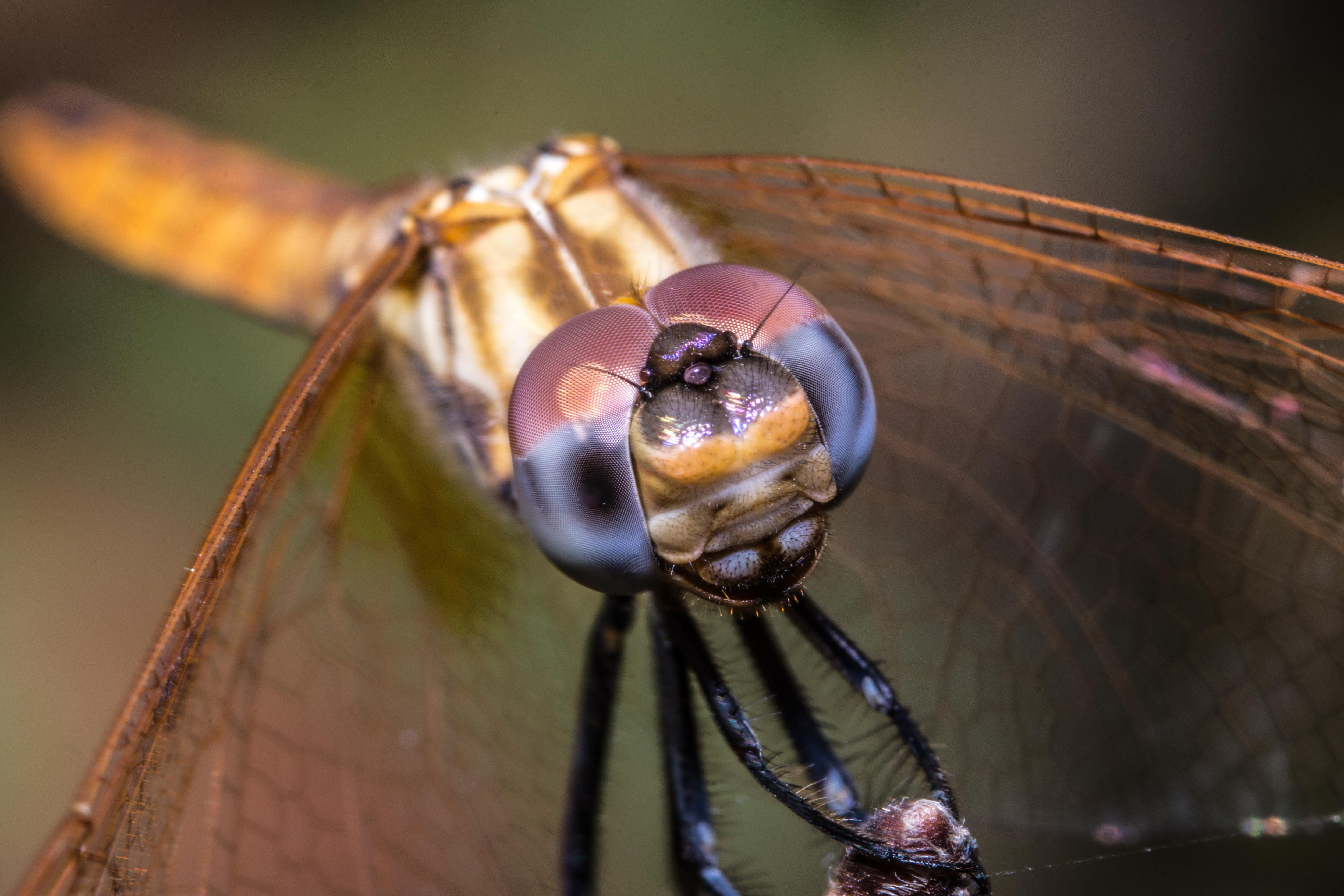
Insects, among the most numerous and diverse creatures on the planet, possess a unique type of eye known as the compound eye. Unlike the singular lens found in human eyes, compound eyes comprise thousands of tiny lenses called ommatidia. Each ommatidium captures a portion of the insect's field of view, creating a mosaic-like image that allows these creatures to detect movement with incredible precision. This adaptation is crucial for survival, enabling insects to evade predators and navigate complex environments with ease. The compound eyes of insects vary significantly in structure and function, reflecting the diverse ecological niches they occupy. For instance, the dragonfly, an agile aerial predator, boasts some of the most sophisticated compound eyes in the insect world. With nearly 30,000 ommatidia per eye, dragonflies have a near 360-degree field of vision, allowing them to track prey with remarkable accuracy. Similarly, the mantis shrimp, a marine crustacean, possesses compound eyes capable of perceiving polarized light and a spectrum of colors far beyond human capabilities. These adaptations not only illustrate the intricate design of compound eyes but also highlight the evolutionary pressures that have shaped them.
2. The Owl: Nocturnal Adaptations
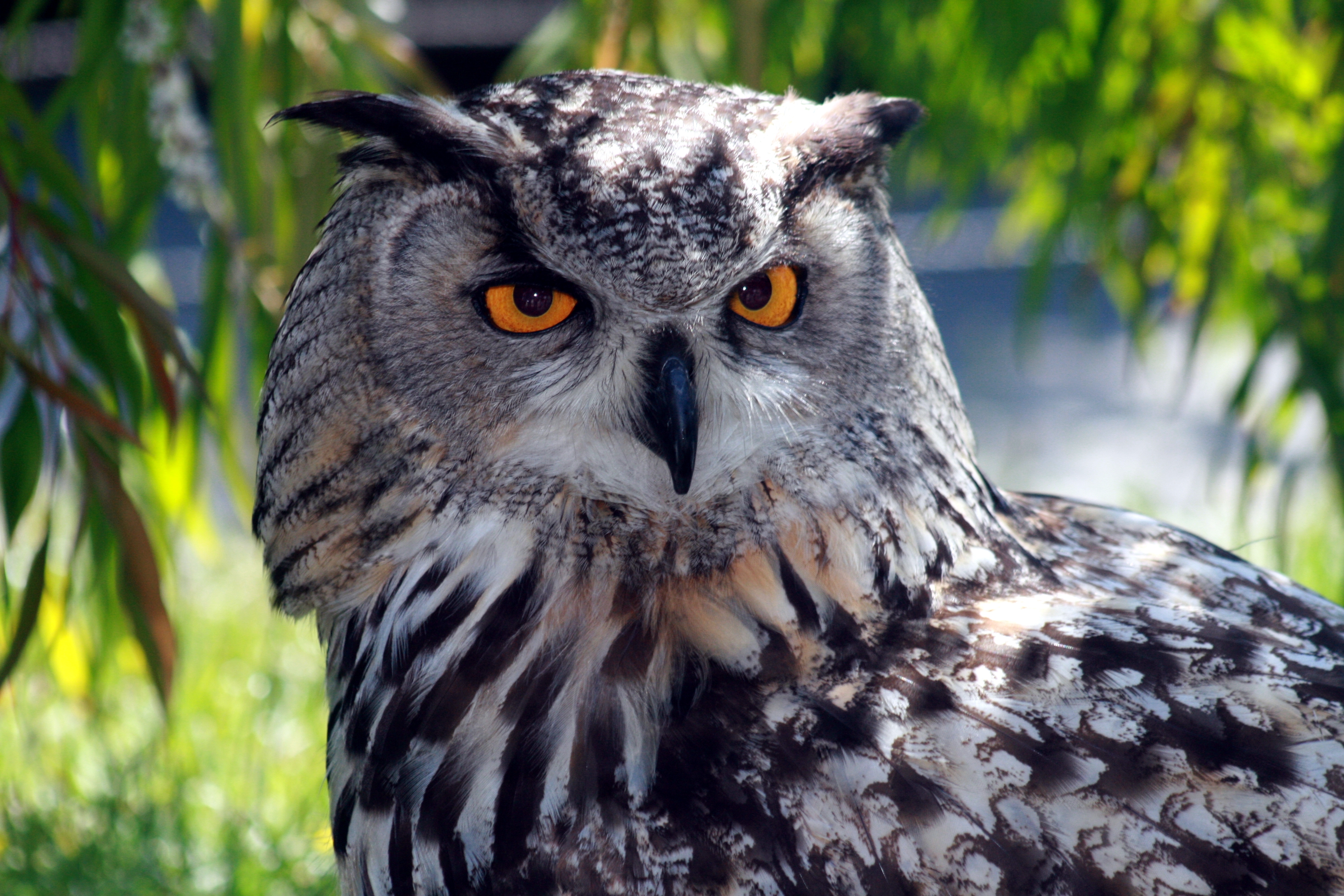
In the shadowy realms of the night, a different set of visual adaptations comes to the fore. Nocturnal animals, from owls to cats, have evolved eyes that allow them to thrive in low-light conditions. These adaptations often involve larger eyes relative to body size, a high density of rod cells, and a reflective layer known as the tapetum lucidum, which enhances light sensitivity. This reflective layer is responsible for the eerie glow often seen in the eyes of nocturnal animals when caught in headlights or flashlights. Owls, with their forward-facing eyes and exceptional night vision, are exemplary nocturnal predators. Their eyes are not only large but also tubular, allowing them to gather more light and focus on distant objects with precision. The tapetum lucidum in owls' eyes amplifies available light, enabling them to spot prey even in the dimmest conditions. Similarly, cats possess slit-shaped pupils that can expand significantly to maximize light intake. This adaptation, combined with their acute sense of hearing and smell, makes them formidable hunters in the dark. These nocturnal adaptations underscore the intricate relationship between eye structure and ecological niche, revealing the remarkable ingenuity of evolution.
3. The Mantis Shrimp: Polarized Vision
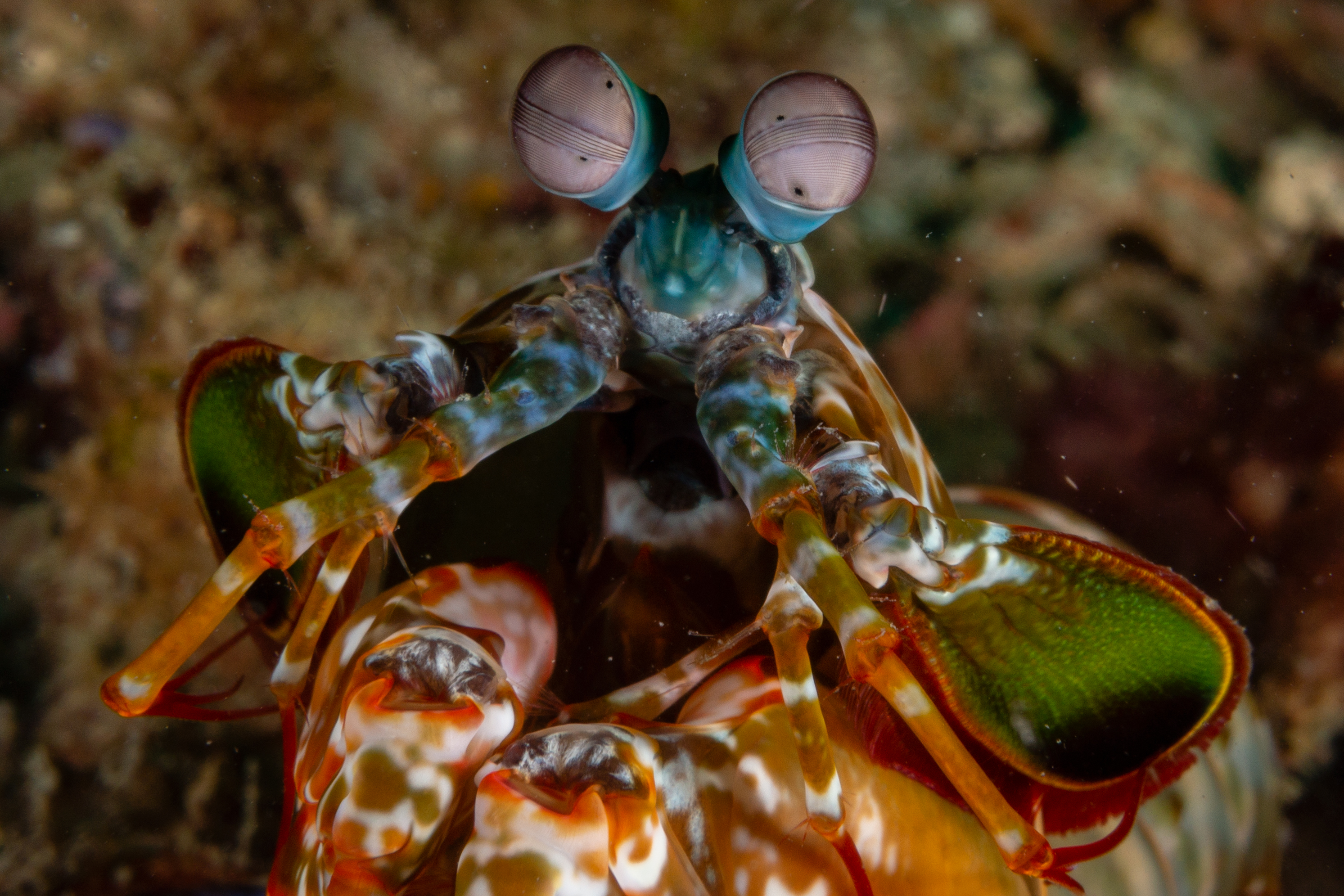
Beneath the waves, aquatic creatures have developed unique visual adaptations to navigate the underwater world. One such adaptation is the ability to perceive polarized light, a skill that enhances contrast and visibility in the often murky waters. This ability is particularly useful for detecting prey, avoiding predators, and navigating complex underwater landscapes. The mantis shrimp, mentioned earlier, is a master of polarized vision, with eyes that can detect polarized light in a way that is unmatched by any other creature. Polarized vision in aquatic animals is facilitated by specialized photoreceptor cells that can detect the orientation of light waves. This adaptation provides a significant advantage in environments where light is scattered and diffused. For example, certain fish species use polarized vision to detect the silvery scales of prey that might otherwise blend into the background. Similarly, cephalopods like squid and octopuses utilize polarized vision to communicate with each other through subtle changes in skin coloration that are invisible to predators. These adaptations highlight the complexity and diversity of visual systems in the animal kingdom, showcasing how creatures have evolved to exploit the unique properties of their environments.
4. The Snake: Infrared Vision
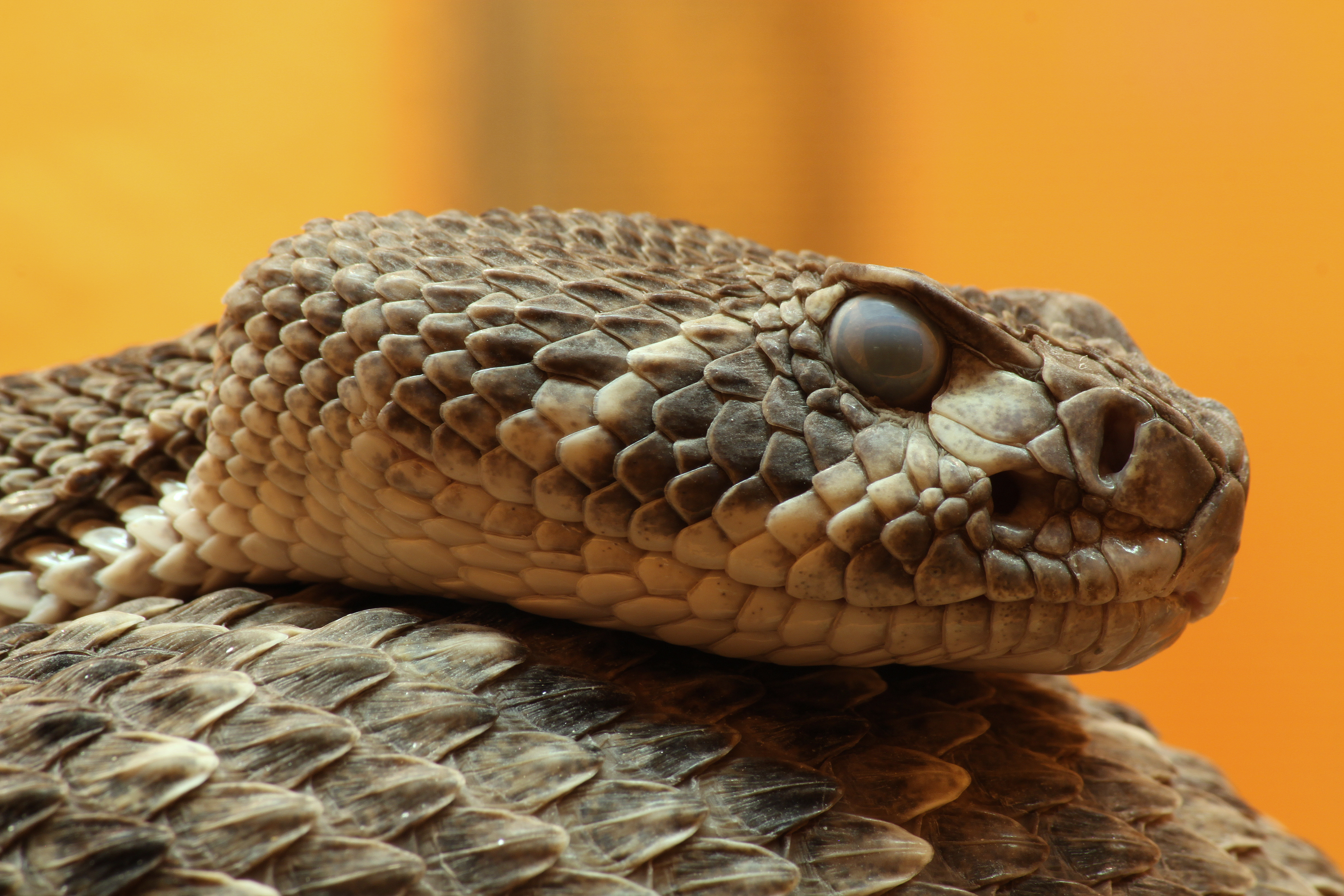
In the realm of predators, detecting heat signatures through infrared vision offers a distinct advantage. This adaptation is particularly evident in snakes, such as pit vipers and pythons, which possess specialized pit organs capable of sensing infrared radiation. These organs, located between the eyes and nostrils, allow snakes to detect the body heat of their prey, even in complete darkness. This ability is crucial for hunting warm-blooded animals, enabling snakes to strike precisely and efficiently. The infrared vision of snakes is a remarkable example of evolutionary innovation, providing these predators with a sixth sense that complements their other sensory abilities. The pit organs contain a dense array of nerve endings highly sensitive to temperature changes, allowing snakes to create a thermal map of their surroundings. This adaptation is not only useful for hunting but also for thermoregulation, helping snakes to find suitable basking spots and avoid overheating. The evolution of infrared vision in snakes underscores the dynamic interplay between predator and prey, illustrating how sensory adaptations can drive the arms race of evolution.
5. The Eagle: Binocular Vision
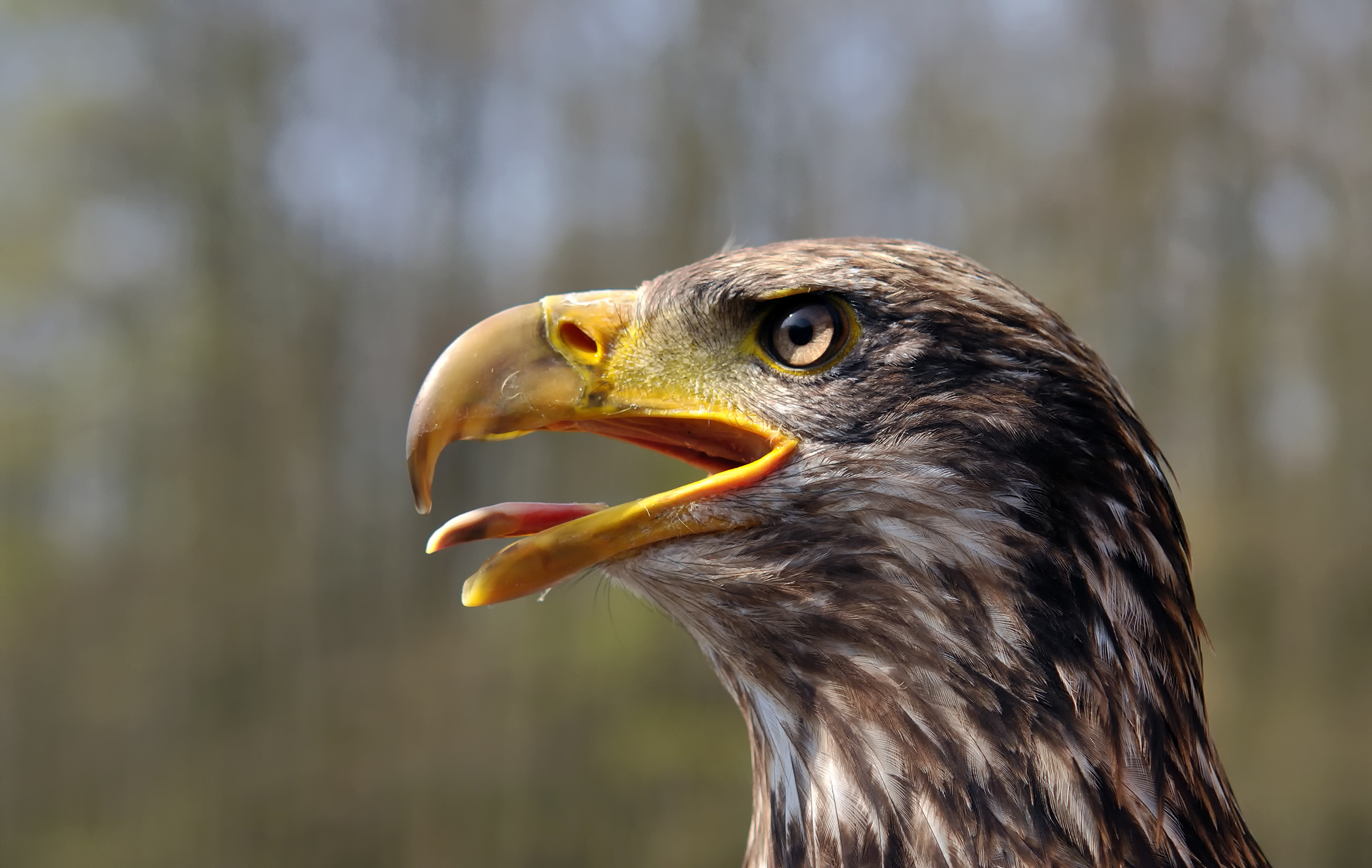
Apex predators, such as eagles, wolves, and big cats, rely heavily on binocular vision to hunt and capture prey. Binocular vision, characterized by overlapping fields of view from both eyes, allows for precise depth perception and accurate distance estimation. This adaptation is essential for predators that rely on stealth and speed to capture their prey, enabling them to judge distances accurately and time their strikes with precision. Eagles, with their keen eyesight and powerful talons, are the epitome of avian predators. Their binocular vision allows them to spot prey from great distances, locking onto targets with incredible accuracy. Similarly, big cats like lions and tigers possess forward-facing eyes that provide a wide field of binocular vision, crucial for stalking and ambushing prey. Wolves, as pack hunters, use their binocular vision to coordinate attacks and maintain visual contact with pack members during a hunt. These adaptations highlight the critical role of vision in the hunting strategies of apex predators, illustrating how evolutionary pressures have shaped the eyes of these formidable creatures.
6. The Chameleon: Multifaceted Vision
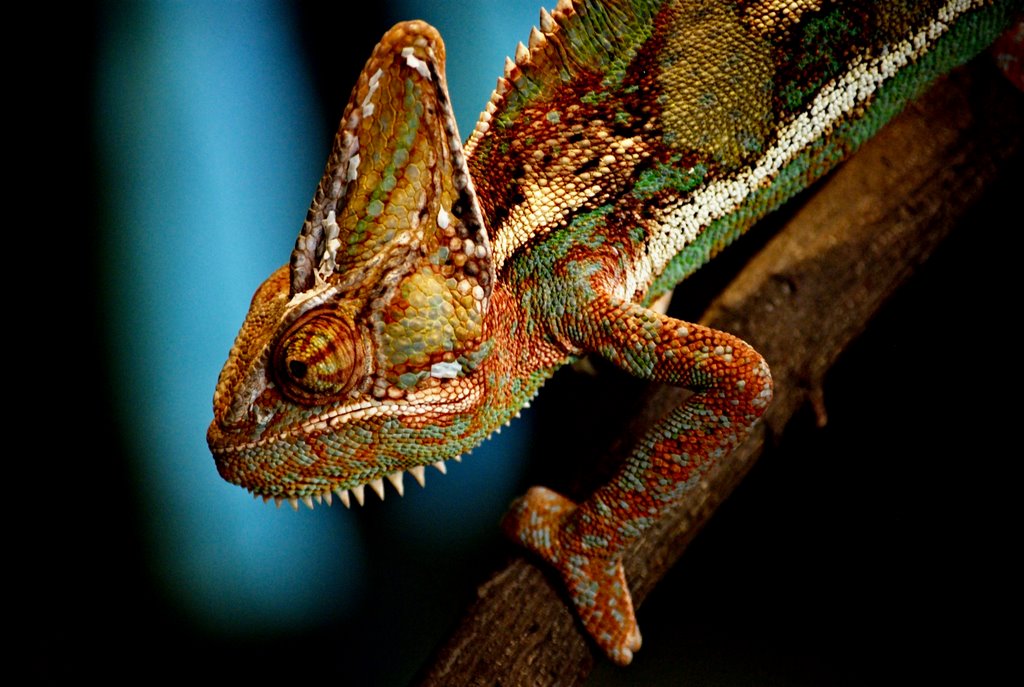
Chameleons, with their independently movable eyes, offer a fascinating glimpse into the versatility of vision in the animal kingdom. Unlike most animals, chameleons can rotate each eye independently, allowing them to scan their surroundings in multiple directions simultaneously. This unique ability provides a significant advantage in detecting predators and prey, enabling chameleons to remain vigilant without sacrificing their camouflage. The eyes of chameleons are not only highly mobile but also possess a specialized lens structure that enhances their ability to focus on objects at different distances. This adaptation, known as accommodation, allows chameleons to accurately judge the distance to their prey, a crucial skill for their sit-and-wait hunting strategy. When a chameleon locks onto its target, its eyes converge to provide binocular vision, enabling precise depth perception. This multifaceted vision system reflects the chameleon's unique ecological niche, highlighting the diverse ways in which eyes have evolved to meet the demands of survival.
7. The Ultraviolet Vision of Birds
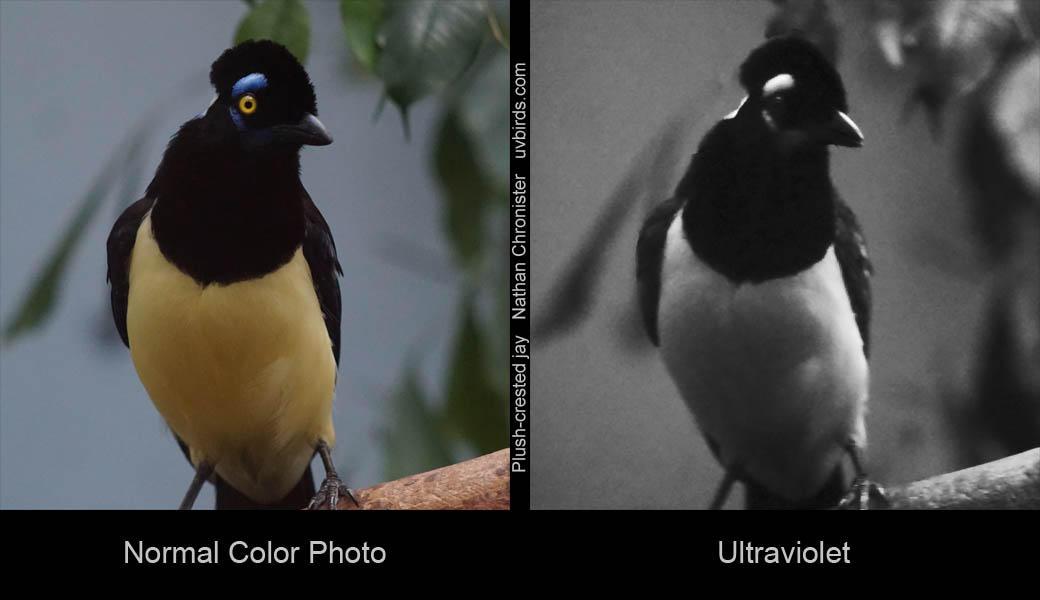
Birds, with their vibrant plumage and diverse habitats, possess a visual system that extends beyond the human spectrum. Many bird species have evolved the ability to see ultraviolet (UV) light, which enhances their perception of the world and profoundly influences their behavior. UV vision allows birds to detect subtle differences in plumage that are invisible to humans, playing a crucial role in mate selection and social interactions. The ability to see UV light is facilitated by specialized photoreceptor cells in the retina, which are sensitive to shorter wavelengths. This adaptation gives birds a unique perspective on their environment, allowing them to locate food, navigate, and communicate with conspecifics. For example, some birds use UV vision to detect the UV-reflective patterns on flowers and fruits, aiding in foraging. Additionally, UV vision plays a critical role in avian navigation, as it enhances the visibility of the polarized light patterns in the sky, which are used for orientation during migration. The evolution of UV vision in birds underscores the complex interplay between sensory perception and ecological adaptation, revealing the intricate ways in which life has adapted to the challenges of survival.
8. The Camouflaging Eyes of Cephalopods
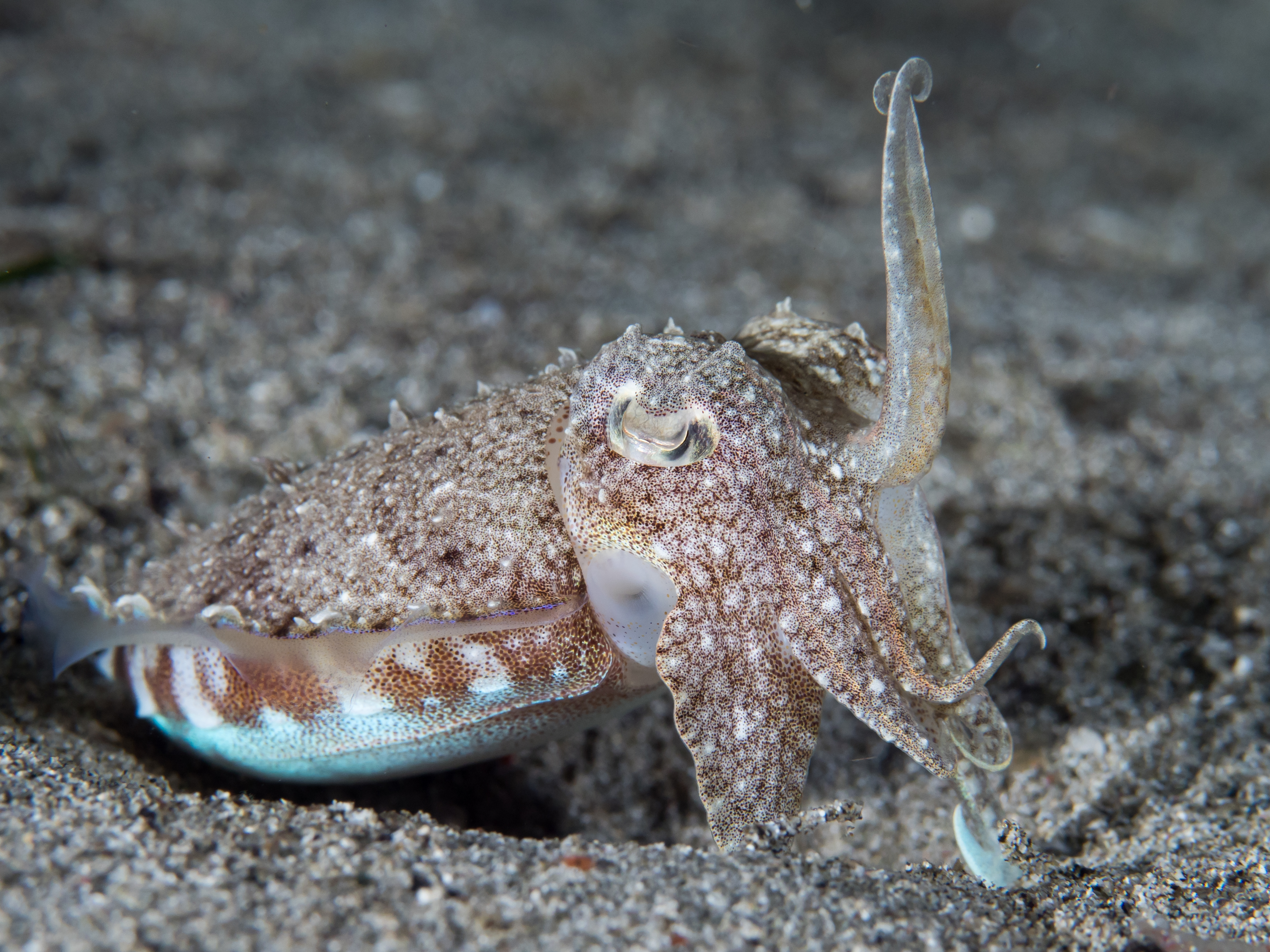
Cephalopods, including octopuses, squids, and cuttlefish, are renowned for their remarkable ability to change color and texture. This ability extends to their eyes, which play a crucial role in their sophisticated camouflage techniques. Cephalopods possess highly developed eyes that can detect changes in light and color, enabling them to blend seamlessly into their surroundings and avoid detection by predators and prey. The eyes of cephalopods are equipped with specialized cells called chromatophores, which contain pigments that can be expanded or contracted to alter the color of the skin. This ability is controlled by the nervous system, allowing cephalopods to respond rapidly to environmental changes. The eyes also play a role in detecting polarized light, which enhances contrast and aids in communication and navigation. The integration of visual perception and camouflage in cephalopods highlights the complexity and versatility of their sensory systems, illustrating the remarkable ways these creatures have evolved to thrive in their marine environments.
9. The Evolutionary Journey of Eyes
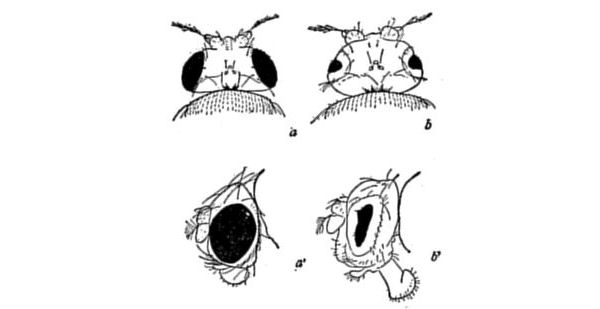
The evolution of eyes is a testament to the ingenuity of nature, reflecting a diverse array of adaptations that have arisen in response to the challenges of survival. From the simple light-sensitive patches of early organisms to the complex camera-like eyes of vertebrates, the evolutionary journey of eyes is a fascinating story of innovation and adaptation. This journey has been shaped by the interplay between genetic variation, environmental pressures, and survival demands, resulting in the incredible diversity of eyes in the animal kingdom today. The evolution of eyes is marked by a series of incremental changes, each building upon the adaptations of previous generations. For example, the development of a lens to focus light, the formation of a retina to process visual information, and the refinement of neural pathways to interpret signals are all key milestones in the evolution of eyes. These changes have been driven by the need to detect predators, locate food, and navigate complex environments, illustrating the dynamic relationship between form and function in the natural world. The evolutionary journey of eyes not only reveals the remarkable adaptability of life but also underscores the interconnectedness of all living organisms, highlighting the shared ancestry that unites the diverse tapestry of life on Earth.
10. The Cultural Significance of Animal Eyes
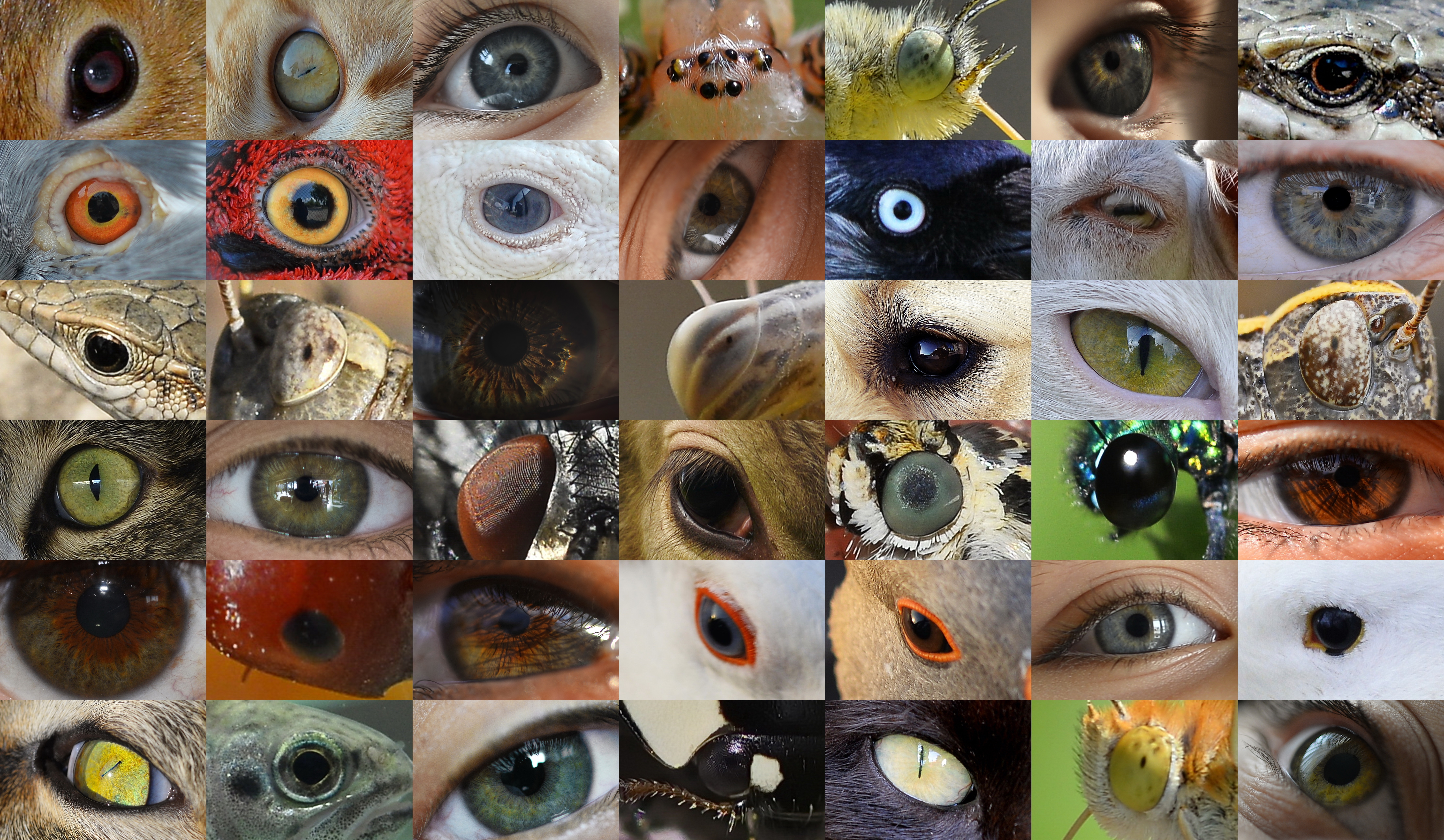
Beyond their biological functions, animals' eyes hold a deep cultural significance for human societies worldwide. Throughout history, animal eyes have been revered, feared, and symbolized in art, mythology, and folklore. They serve as powerful symbols of wisdom, protection, and intuition, reflecting the profound impact that these creatures have had on human culture and imagination. In many cultures, the eyes of certain animals are believed to possess mystical properties. For example, the owl's eyes are often associated with wisdom and knowledge, while the snake's gaze is linked to transformation and renewal. In ancient Egyptian mythology, the Eye of Horus, a symbol derived from the falcon god, represents protection and healing. Similarly, the "evil eye" is a widespread motif in various cultures, believed to ward off malevolent forces. These cultural interpretations highlight the deep connection between humans and the animal kingdom, illustrating how animals' eyes continue to inspire and captivate the human spirit.
As we conclude our journey through the enchanting eyes of the animal kingdom, we are reminded of the extraordinary diversity and complexity of life on Earth. The eyes of animals, in all their varied forms, offer a window into the wonders of the wild, revealing the intricate adaptations that have evolved in response to survival challenges. From the compound eyes of insects to the infrared vision of snakes, each eye tells a story of innovation and resilience, reflecting the dynamic interplay between form and function in the natural world. This exploration not only enhances our appreciation for the remarkable diversity of eyes but also deepens our understanding of the interconnectedness of life. The eyes of animals serve as a testament to the ingenuity of evolution, highlighting the shared ancestry and common threads that unite the tapestry of life on Earth. As we marvel at the wonders of the wild, we are reminded of the importance of preserving and protecting the natural world, ensuring that future generations can continue to be inspired by the beauty and complexity of the animal kingdom.







